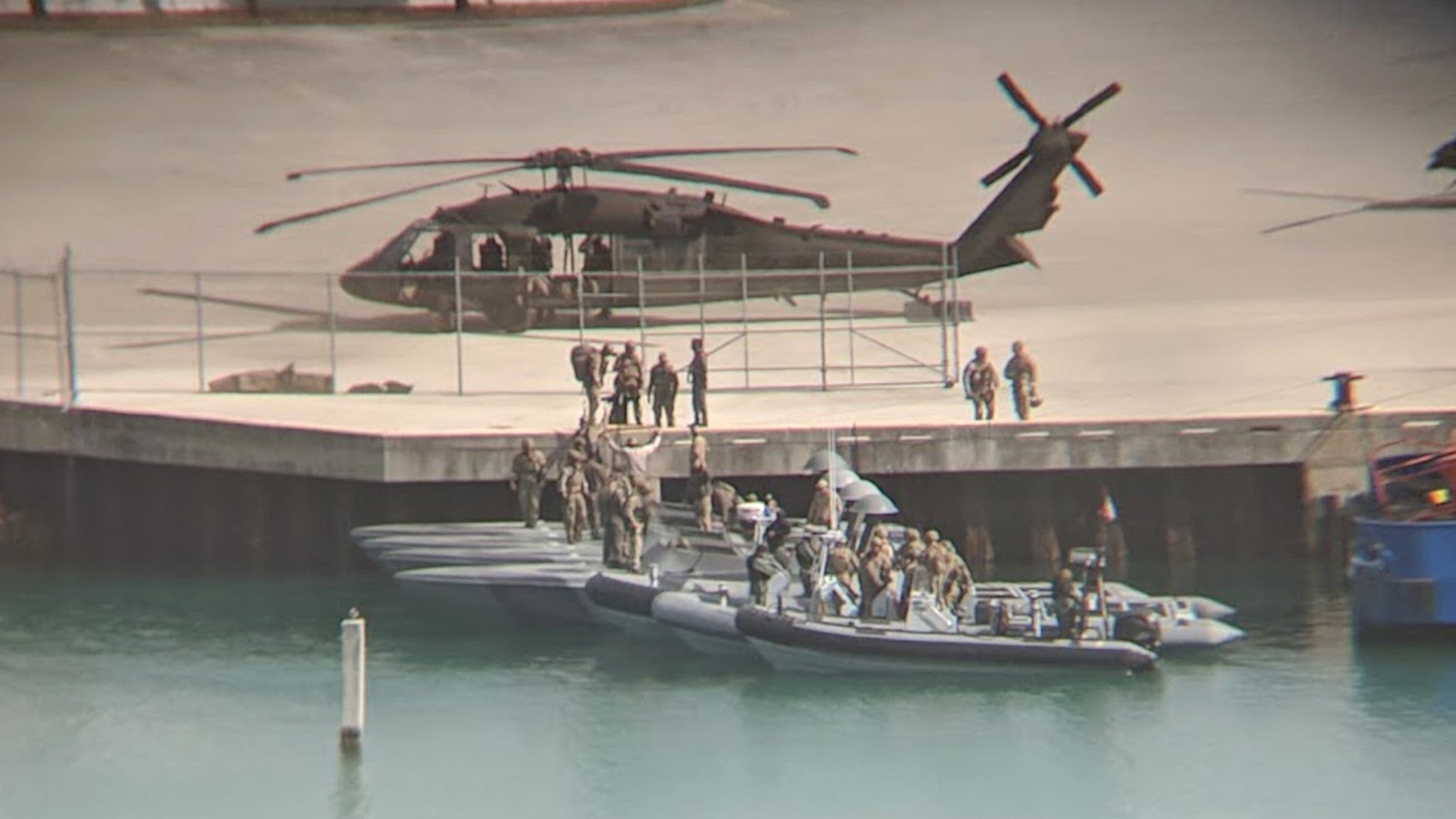Yesterday, a reader of The War Zone happened to look outside their office overlooking the Port of Miami and see what appears to have been an interesting inter-agency training exercise. Unlike some drills that have occurred in and around
major U.S. metropolitan areas, this one, which included a UH-60M Black Hawk very similar to one that appeared over Chicago this past September and specialized stealth boats, seems to have gone largely unnoticed.
Owen from Miami has been nice enough to share with us the pictures he was able to take of the activity he could see, as well as a timeline of events. At around 9:30 AM, he first noticed what was going on at a portion of the Port of Miami that the non-profit Marine Spill Response Corporation (MSRC) owns and operates from. The drill appeared to wrap up some time after 3:00 PM.
Initially, there was a green painted UH-60M Black Hawk sitting on the dock together with a black-and-gold Bell Model 407 helicopter. Tied up together in the water alongside were four rigid hull inflatable boats (RHIBs) and four other, larger watercraft. More than 20 uniformed military or law enforcement personnel were also present.
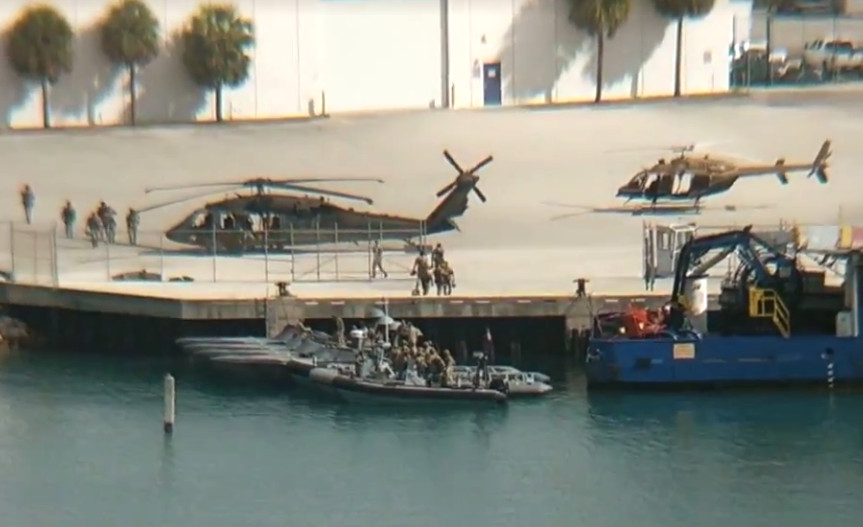
Despite its coloring, often associated with the U.S. Army, the Black Hawk does not appear to be a military helicopter. It lacks the titles and other markings that Army UH-60s have and has a distinctly different antenna arrangement.
As we mentioned earlier in this post, a similarly configured helicopter took part in a separate training exercise in Chicago on Sept. 26, 2018, which most likely belonged to an element within the Federal Bureau of Investigation’s Critical Incident Response Group (CIRG). CIRG includes a variety of elite, specialized FBI units, including the famed Hostage Rescue Team (HRT), the U.S. government’s top national law enforcement counter-terrorism force. The Department of Justice has been publicly acquiring UH-60Ms for the FBI via the Army since 2009.

It is not clear who the boats belong to, but the larger ones are similar, if not identical to the U.S. Navy’s Combatant Craft Assault (CCA) Mk. 1. Special Warfare Combatant-Craft Crewmen (SWCC) assigned to three Special Boat Teams operate these and other custom boats in support of the Navy SEALs. These boats have also been seen on the super secretive special operations mothership M/V Ocean Trader. You can read more about the 41-foot long CCAs here.
The CCAs have a distinct and purpose-built stealthy design that allows them to sneak close to shore to deploy and recover special operators. It also gives them the ability to approach other, larger ships discreetly so teams can board them, especially under the cover of darkness, leveraging the element of surprise. This is a valuable capability to have and helps enable raids on potential smuggling vessels or rescuing hostages from pirates and terrorists. They can also execute more general littoral patrol duties.
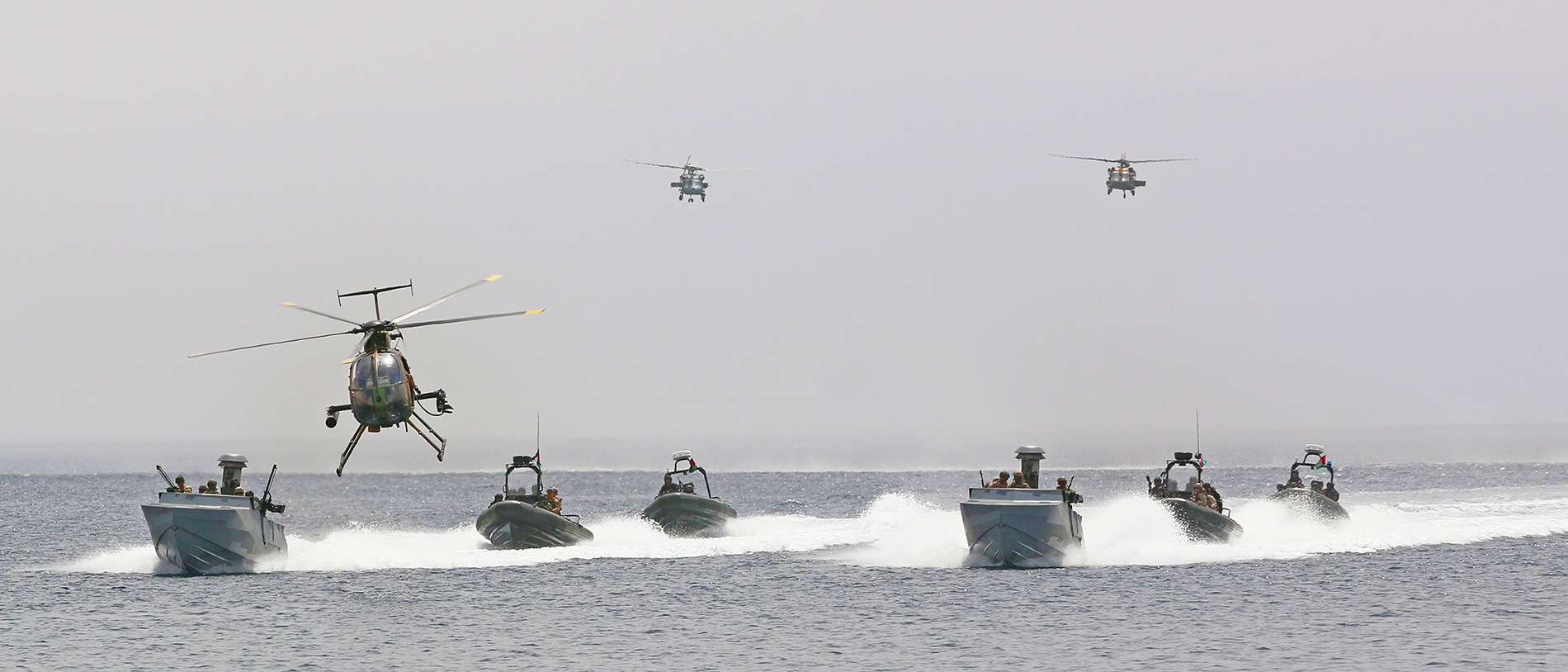
It’s not clear from the pictures that Owen was able to take whether these are CCA Mk. 1s or a very similar design. The examples in the Port of Maimi have the notable low-observable rear-mounted mast, which has a small surface search radar and other sensors.
However, they appear to have a slightly different style of windscreen and protective panels around the main crew area in the center. The Navy has been working on a CCA Mk. 2 and may have some of these improved boats in service already. At the same time, any apparent differences could also just be an illusion as a result of the angle and distance at which he took the pictures.
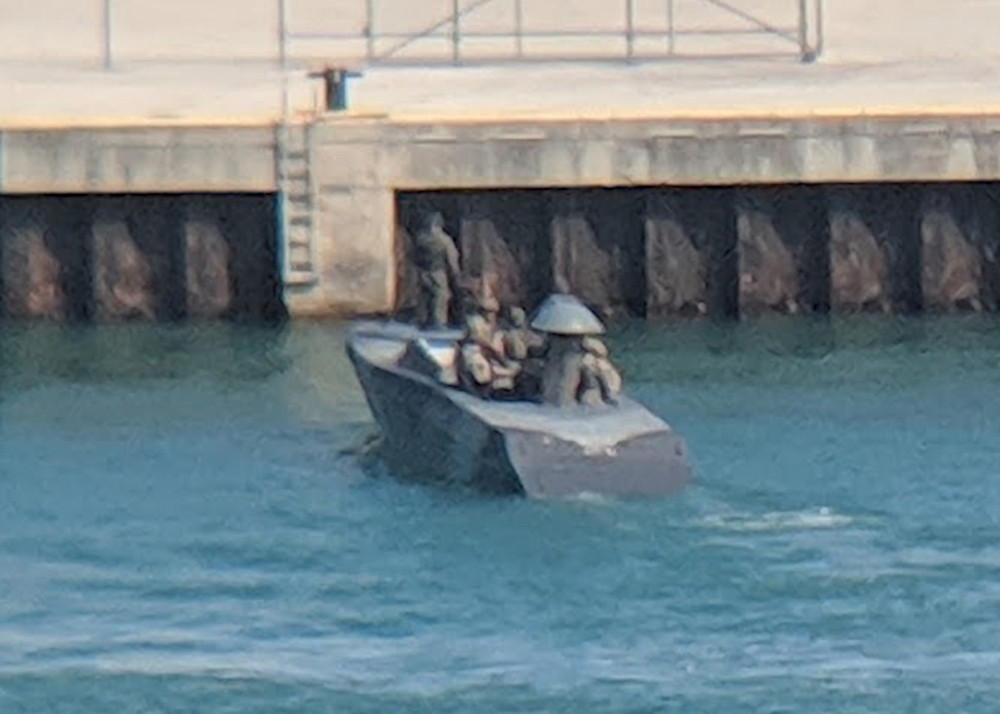
Whatever their exact configuration and whoever was operating them, the stealth boats might help explain what Owen saw from his office window. He told us that shortly after the boats had left the dock and headed out to sea, The Florida Explorer, one of MRSC’s Responder-class Oil Spill Response Vessels (OSRV), also left the port. At that time, Florida Explorer‘s civilian crew, with their orange hard hats, were the only ones visible on deck.
While the boats were out, the Black Hawk came and went a total of three times. The first time it left, personnel on the dock had loaded up what appeared to be a particularly heavy piece of gear that took two of them to carry. The second time the helicopter was only on the ground briefly. On its final trip, it returned to the Port of Miami along with Florida Explorer.
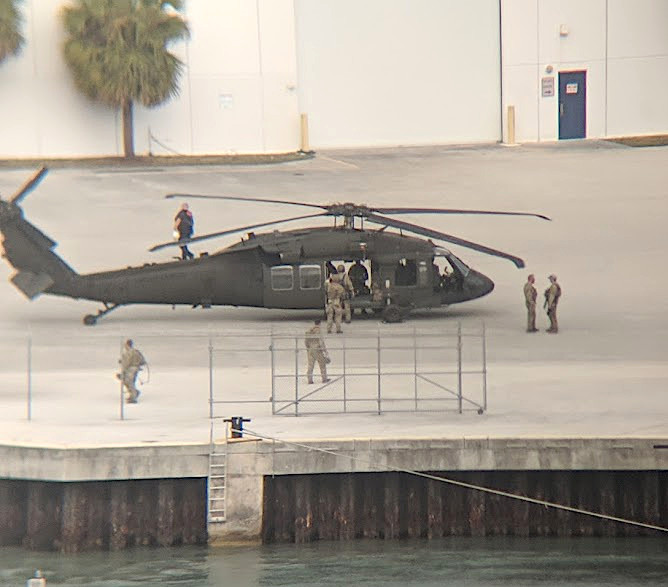
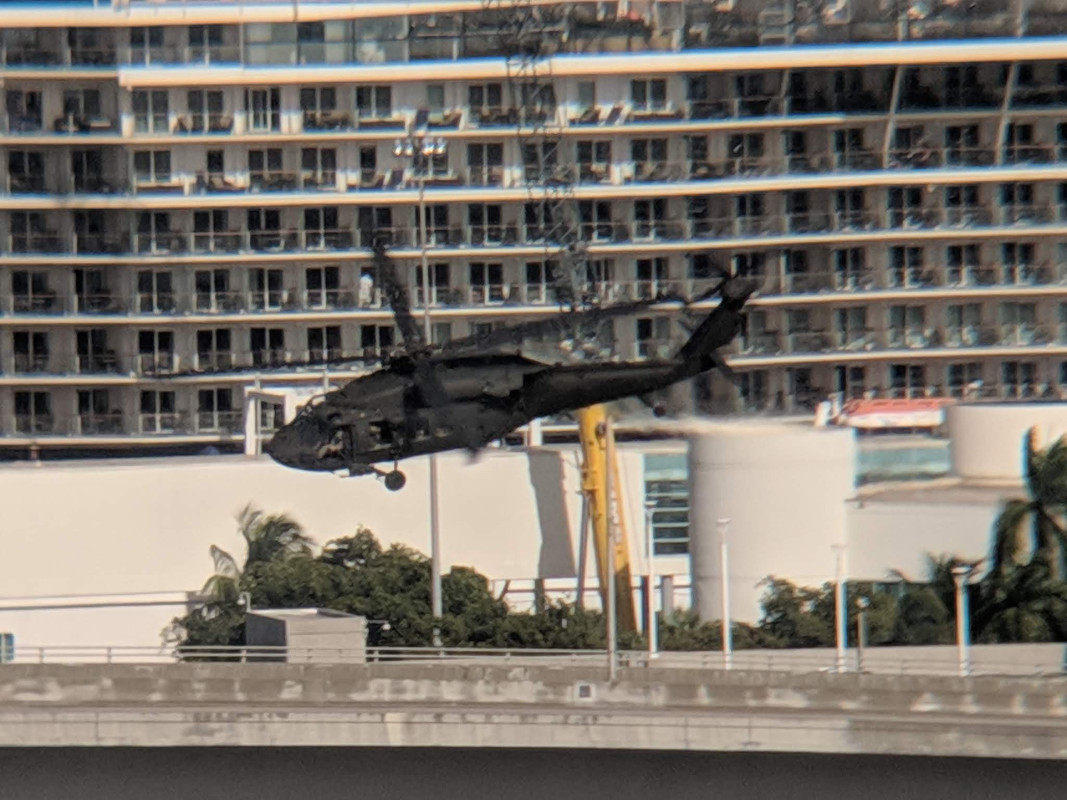
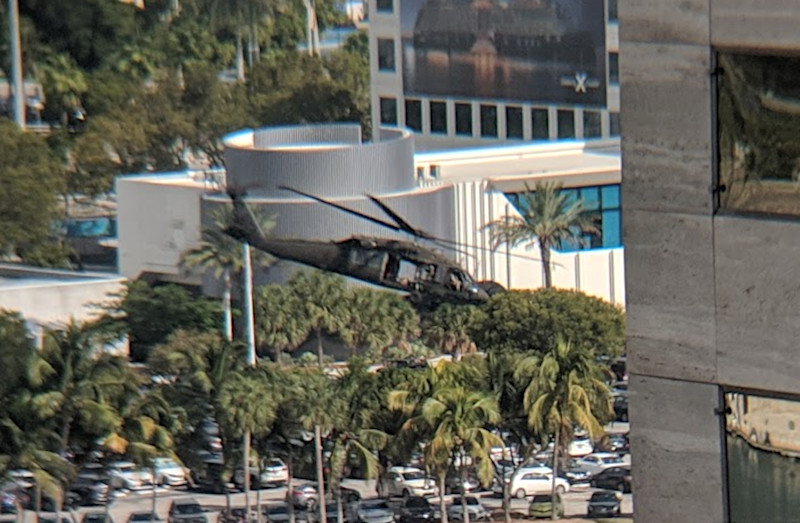
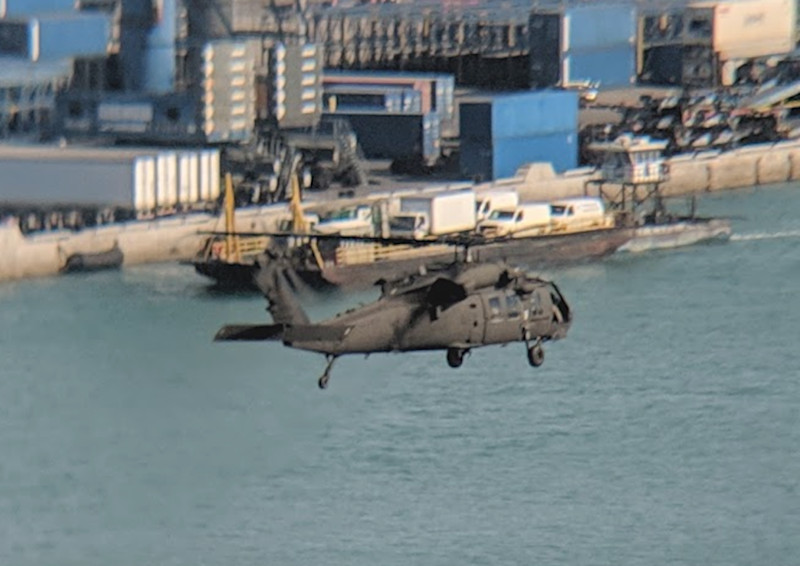
When the OSRV docked again, its orange hardhat wearing crew and uniformed personnel disembarked. The uninformed individuals got into two pickup trucks and a sport utility vehicle (SUV) and left. The small boats never came back.
A very plausible scenario is that the Florida Explorer acted as a target and its crew was masquerading as either smugglers, pirates, terrorists, hostages, or some mix thereof. Personnel on board the UH-60M and the boats would have practiced intercepting and boarding the vessel from the air and the sea. The U.S. government routinely charters privately operated ships to support training activities, either as platforms to operate from or as simulated objectives.
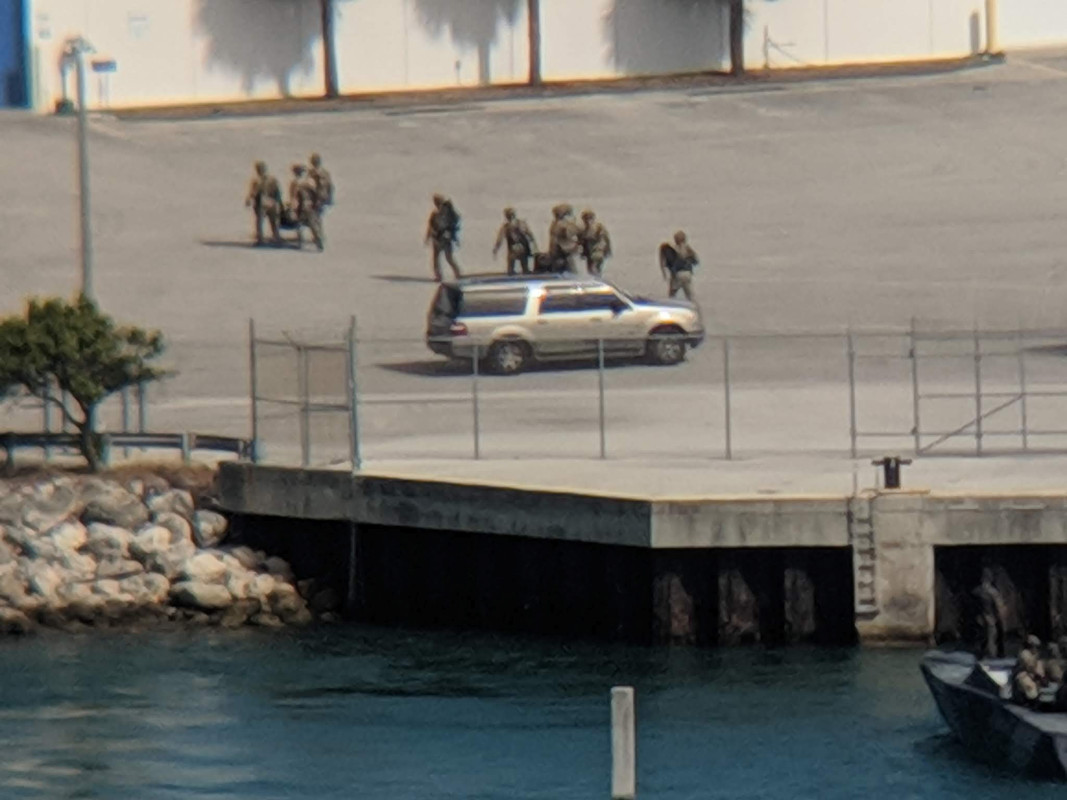
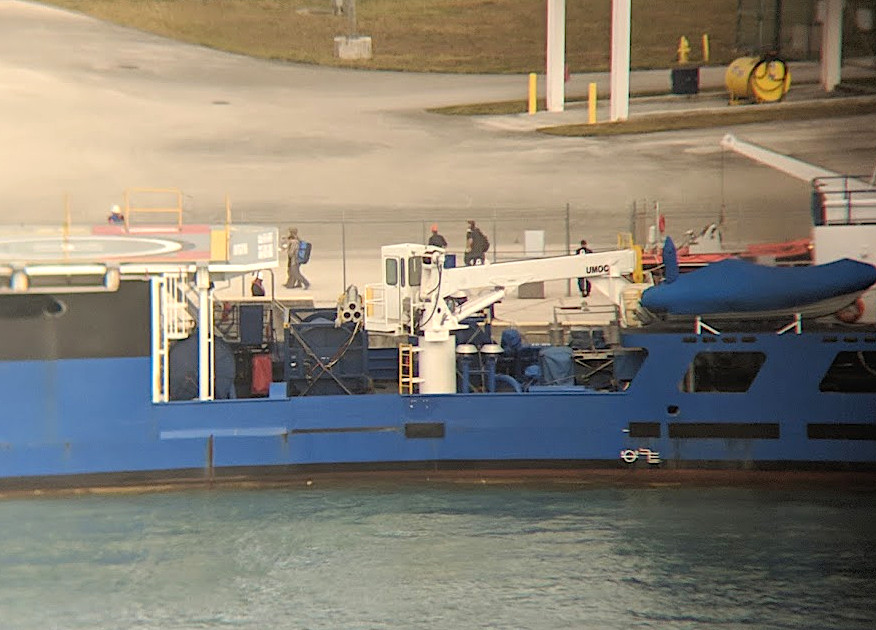
For instance, every year, Tampa, Florida hosts the National Defense Industry Association’s Special Operations Forces Industry Conference, or SOFIC, which includes a demonstration by U.S. and foreign special operators. This often includes some sort of maritime component, with commandos sometimes seizing control of a “captured” boat. FBI SWAT Team members from the Tampa Field Office joined SEALs, SWCCs, and other military special operators during the most recent iteration of this event, which occurred in May 2018. The FBI’s HRT, and other specialized units within CIRG, routinely train together with elite U.S. special operations forces, including the 160th Special Operations Aviation Regiment, in general, too, especially during realistic exercises in domestic urban areas.
In addition, both the FBI’s CIRG and the U.S. military, including U.S. Special Operations Command (SOCOM), are actively involved in port security and otherwise securing America’s maritime borders. For example, U.S. Northern Command (NORTHCOM) leads an annual, regional inter-agency counter-terrorism exercise known as Vital Archer. The 2015 iteration of that drill reportedly involved a simulated radiological or nuclear attack in or around Northumberland, Canada, which sits on Lake Ontario.
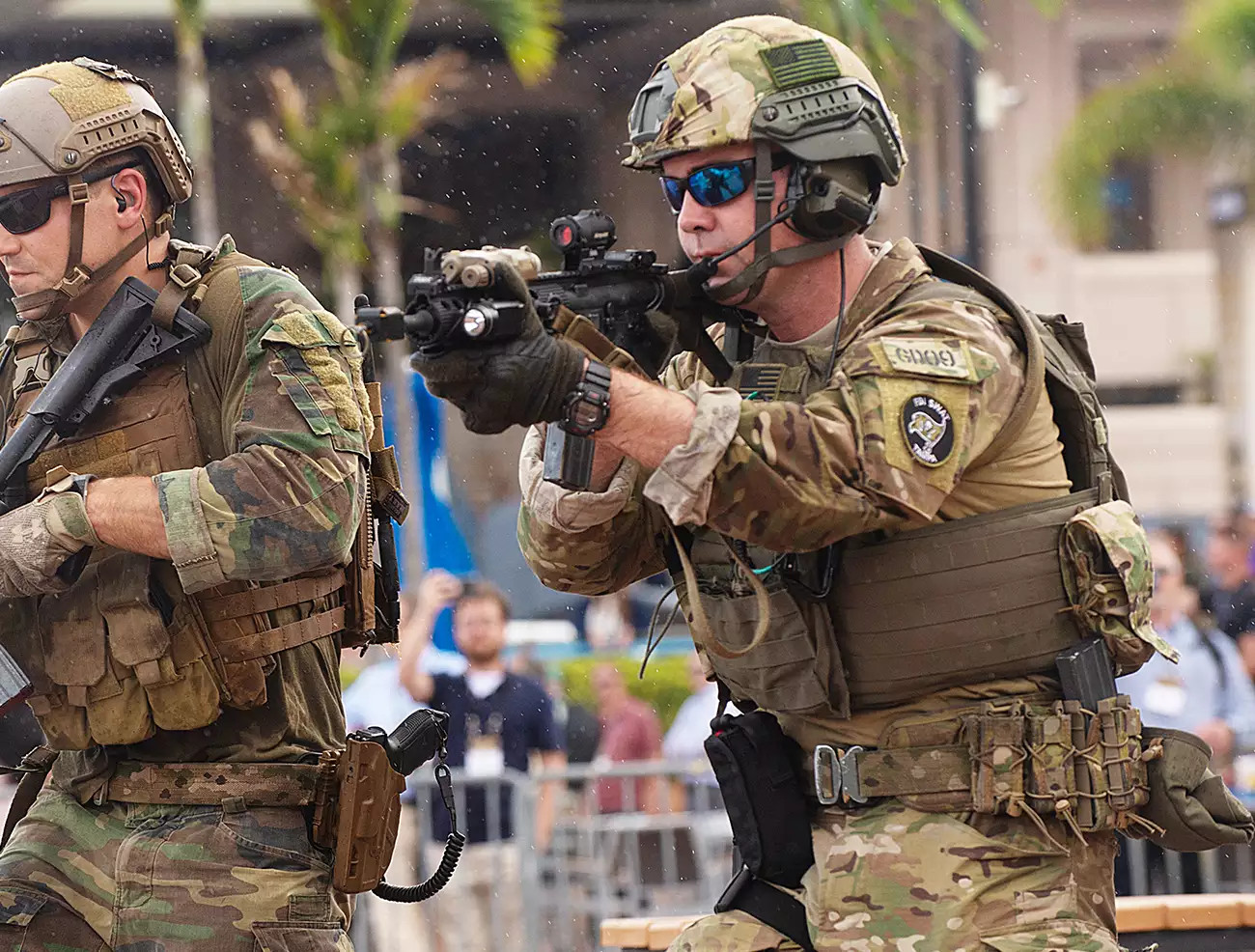
In August 2017, we at The War Zone also investigated a still largely unexplained training exercise involving a super-secretive U.S. Air Force CN-235 surveillance aircraft
flying near Seattle. One of our working theories was, and remains, that the drill including watching for simulated threats at the city’s sea and airport facilities.
The requirement for this kind of realistic training is obvious. Personnel rappelling on a fixed spot on land or climbing ropes and ladders onto a “ship” on land cannot ever truly represent what it’s like to board a ship sailing in the open ocean. Just like joint training within the U.S. military, interagency training is also an especially valuable opportunity for different units and organizations with different standard operating procedures to practice working together in a simulated real-world scenario. It provides a chance for these groups to share lessons learned and best practices, too.
So, if you live or work near a port, you might want to keep an eye out like Owen did and possibly catch elite law enforcement and military units practicing these operations yourself.
Contact the author: Tyler@thedrive.com
